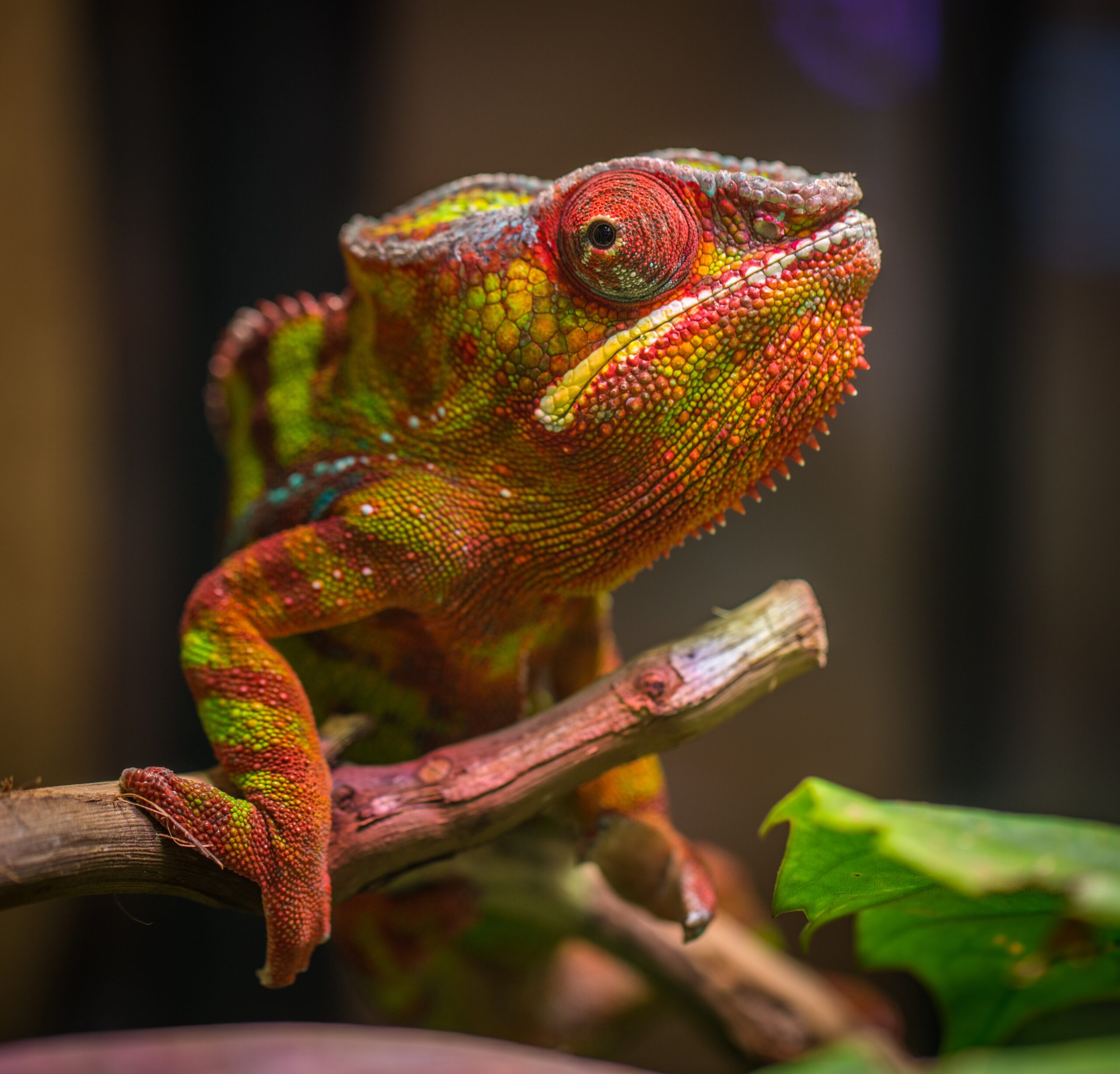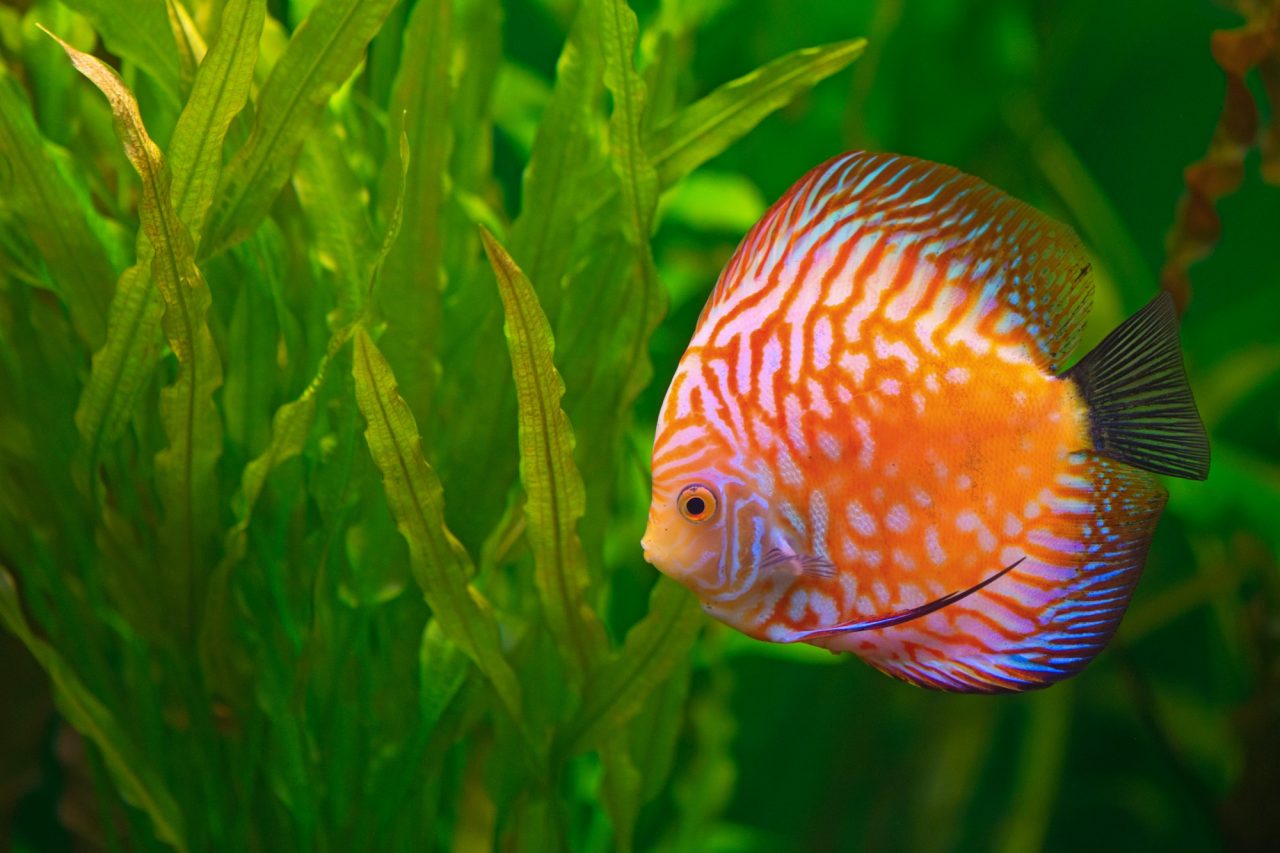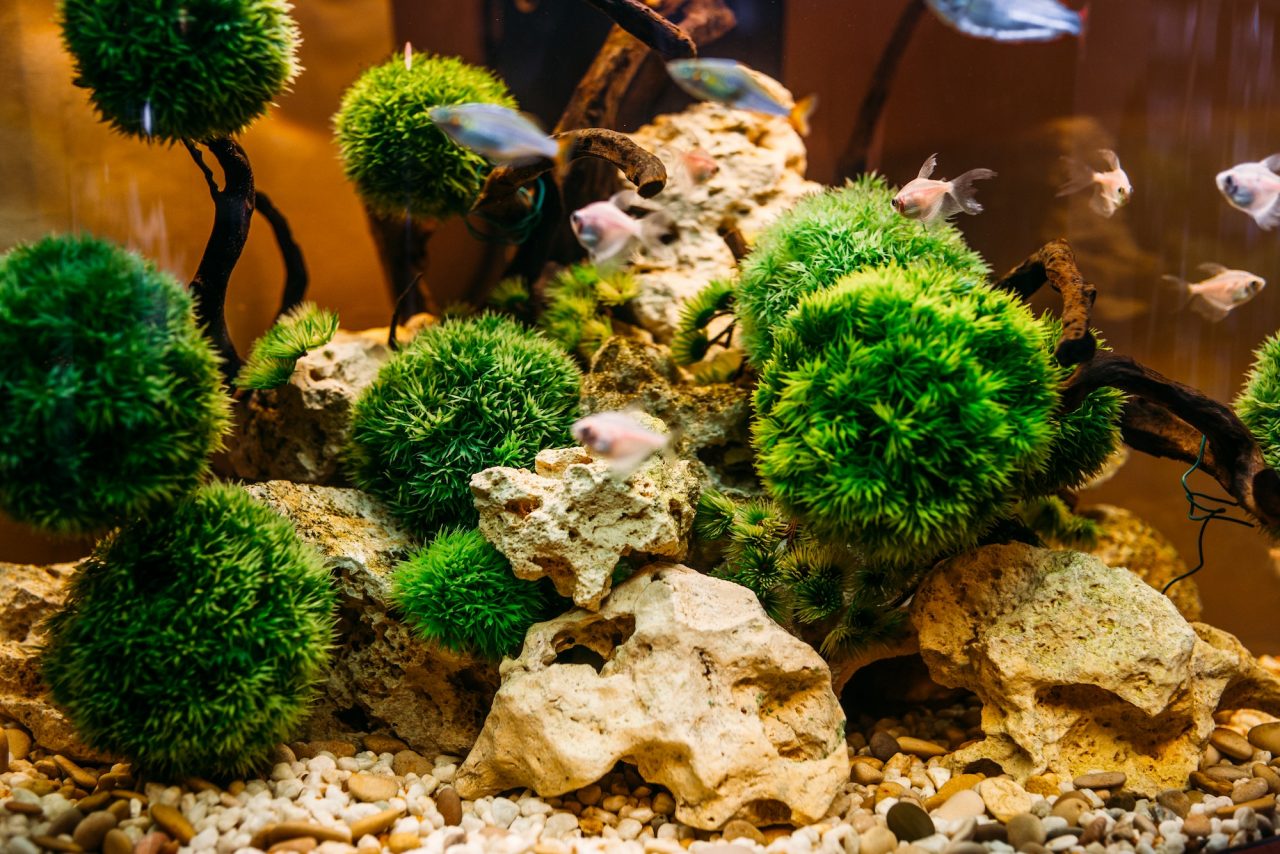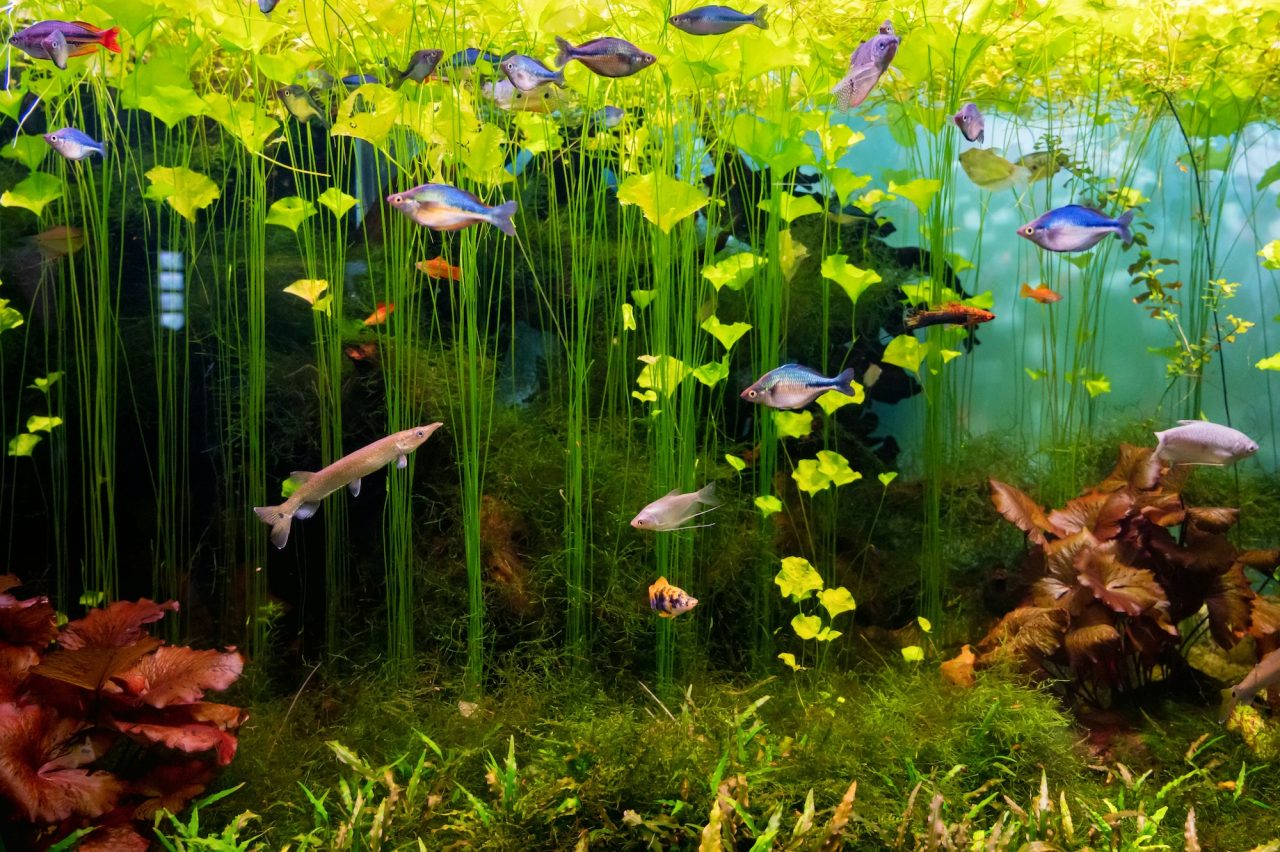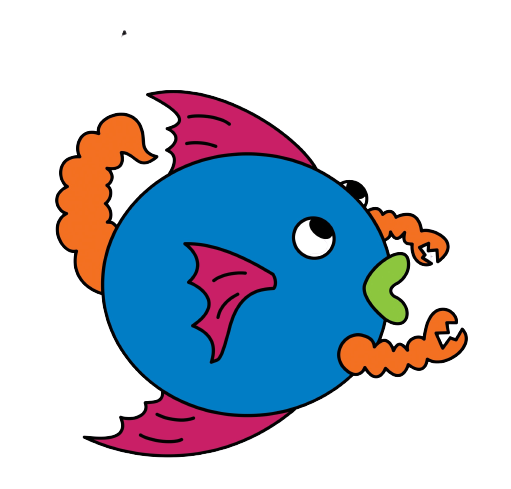Algae. No other single word makes pondkeepers cringe the way it does. Basically algae is one of the most misunderstood plants in the world of water gardening. Pondkeepers need to know what algae is, why it is necessary, and how to keep it controlled. Control rather than complete eradication should be the goal for most algae.
Algae (there are 17,000 different species) belong to the plant group called thallophytes which consists of algae, bacteria and fungi. For an ecologically balanced water garden, algae is necessary. Algae is a member of the phytoplankton family and is the most basic natural food in water gardens. Small, often microscopic, suspended animals (crustaceans, rotifers, insect larvae and other invertebrates) called zooplankton feed on the phytoplankton. Small fish, in turn, feed on the zooplankton. Larger fish, on the smaller fish, and so on. Without algae, the beginning of the food web would be missing, causing everything else to go amiss.
There are two distinct types of algae: filamentous and unicellular (or single-cell). It’s the unicellular type that can cause pea green or cloudy water. Heavy blooms can have a disagreeable odor as well.
The filamentous type tends to grow around the pond edge, in and around plant pots, in waterfalls, etc. Some look (and feel) like hair and can be easily pulled by hand or using a simple tool like an inexpensive plastic spaghetti spoon. The bright green “bubbling” algae can be found where there is decay, such as around the top of a marginal plant pot that has decaying leaves. This type can be pulled as well.
All algae can be controlled by making it compete for the nutrients in the pond.
Vascular plants (also known as tracheophytes), which include nearly all of the higher plant forms to be found in the water garden, can make it difficult for algae to thrive.
Floating plants and floating plant leaves, such as those on water lilies, also help shade the pond from penetrating sunlight. Direct sun is a major contributor to algae bloom throughout spring and summer. Due to their exposed roots, floating plants make wonderful living “filters” as they uptake nutrients directly from the water.
So the trick to controlling algae is really quite simple: use lots of aquatic plants!
People who have Koi ponds, or a heavy fish load will need to take extra measures to control algae. UV sterilizers are a good choice for controlling unicellular algae, but do little in controlling the filamentous type.
It is recommended that water gardeners learn to keep the number of fish in check. The more fish, the more waste – thus, the more nutrients for algae to thrive.
Koikeepers who have no or little interest in aquatic plants will have to use various measures such as full pond shading, UV sterilizers, large biological filters and perhaps chemical additives to keep algae in check in their ponds.

